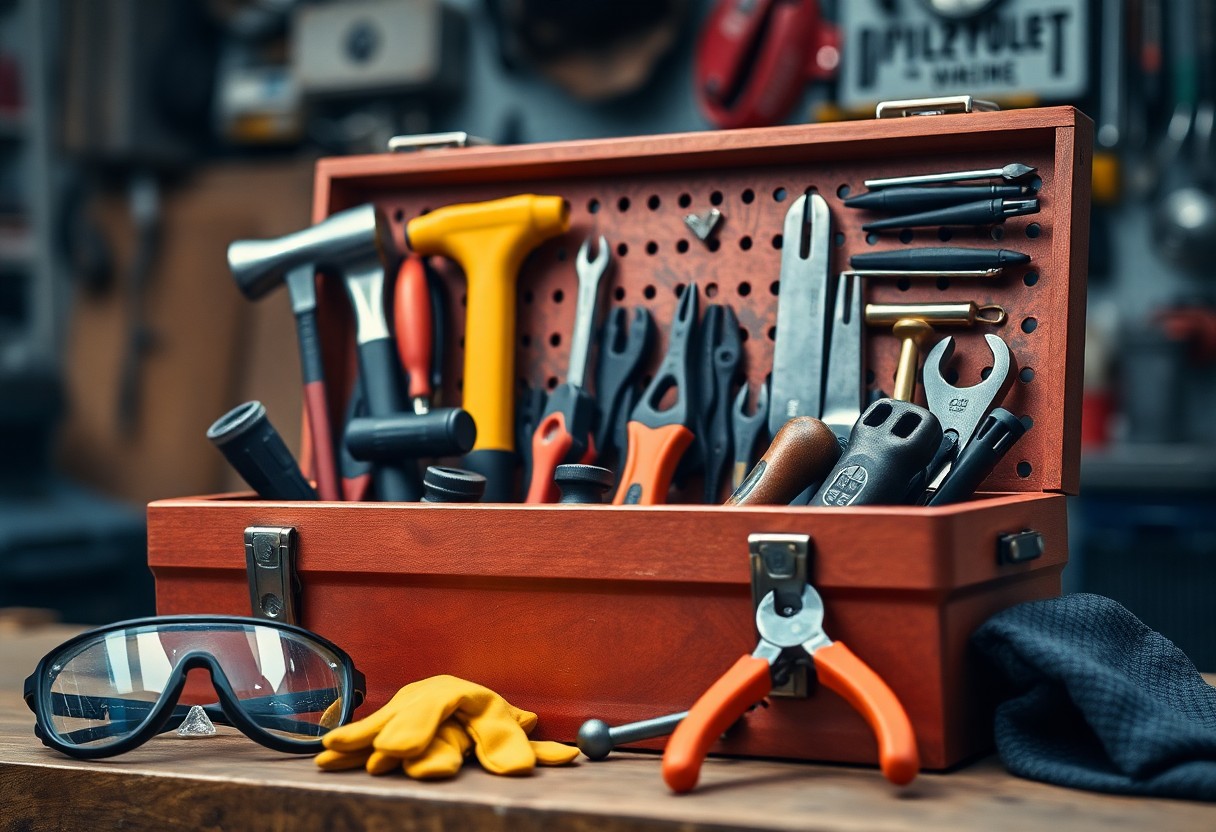With the right tools at your disposal, you can enhance your productivity and ensure a safer work environment. Hand tools are crucial for a wide range of tasks, from simple repairs to intricate projects. However, using the correct tool for the job is crucial to avoid accidents or injuries. You must prioritize hand tool safety by selecting tools that are suitable for the specific task at hand.
The first step in ensuring your safety while using hand tools is to evaluate the task you are undertaking. Consider the nature of the work and the requirements it entails. Each hand tool serves a specific purpose, and using a tool for a task outside of its design can lead to misuse and cause harm. For example, using a screwdriver as a chisel or a hammer can lead to slips, sharp edge injuries, or tool breakage. Always choose the appropriate tool that is specifically designed to perform the task.
In addition to choosing the right tool, it is also vital to ensure that your tools are in good working condition. Inspected regularly, hand tools can have their lifespan extended and reduce the potential for accidents. Look for signs of wear, such as cracks, rust, or damaged grips, and replace any tools that appear to be unsafe. Using well-maintained tools not only improves performance but also increases your safety while working.
Another critical aspect of hand tool safety is utilizing proper technique when wielding your tools. Make sure to follow the manufacturer’s guidelines for each tool, learning the correct way to handle, operate, and store them. For example, when using a wrench, ensure that it is positioned properly on the nut to avoid slipping and causing injury. Additionally, always use both hands when appropriate and maintain focus to avoid distractions that can increase the risk of an accident.
When working with hand tools, it’s also crucial to assess your surroundings. Clear your workspace of any clutter that could lead to slips or trips while you are using your tools. Consider wearing personal protective equipment (PPE), such as safety glasses, gloves, or steel-toed boots, to further protect yourself from potential hazards. Your work environment plays a significant role in maintaining safety.
Lastly, if you are uncertain about a task or tool, don’t hesitate to seek guidance from a knowledgeable source or a supervisor. It’s always better to ask for help than to risk injury due to a lack of experience or understanding. Training in hand tool safety can provide you with the knowledge and confidence needed to perform tasks safely and efficiently.
After all is said and done, using the right hand tool for the job, maintaining your tools, following proper techniques, ensuring a safe workspace, and seeking help when necessary all contribute to a safer working experience. By prioritizing hand tool safety, you protect not only yourself but also those around you, allowing you to work more effectively and with greater peace of mind.
